|
This is a revolutionary new way of thinking about style. All of the advice you've received, all of your life, has been about how to dress your body. "If you're petite, avoid long pants. If you're curvy, emphasize your waist. " As far as I can tell, every other style system advises you to dress primarily for your body. But your body isn't what people are mainly looking at. They spend the vast majority of their time looking at your face. And dressing for your body at the expense of your face means you end up looking all wrong. Let me offer you several examples to demonstrate this phenomenon. Here's Ellie Kemper: You might know her from "The Office" or "Unbreakable Kimmy Schmidt." She's adorbs, right? If you're guessing that she has a lot of Gamine and a lot of Ingenue (and maybe some Classic?), I'd agree with you. Those stripes are cute on her. (The palette is a separate issue, but never mind.) Another pic of her looking fantastic: The headband! The bangs! The cardigan! The tiny earrings! The Nancy Drew hair! So, so right for her. So much Gamine and Ingenue. (And maybe some Classic.) Here, tiny ruffles, tiny necklace, yoke emphasis -- so Ingenue, and so good: And here: adorable, face-framing curls, small geometric print, simple, round neckline, high waist -- again, lots of Gamine and Ingenue, very good: Just a few more images of her looking awesome with lots of Gamine and Ingenue (and some Classic): But let's imagine that Ellie Kemper's going to get style advice that considers her body as a significant factor. I don't know if you noticed, but Kemper actually has a super-curvy, very Romantic body.: Most style systems will assign Ellie Kemper a style type that dresses her for her curvy body. But that would be all wrong. See how uncomfortable, how not-herself, this Gamine Ingenue (or Classic-Gamine-Ingenue) looks in Romantic styles: Thank goodness Kemper (or her stylist) usually understand that she needs to dress for her face, not her body. Here, Kemper's waist is obscured and her bust is unemphasized. And it's sooo much better! (Jenna Fischer, also from "The Office," is another example of a woman with a Romantic body but a very youthful face. Like Kemper, Fischer looks all wrong in overtly sexy clothes. By contrast, Mindy Kaling of "The Office" has quite a bit of Gamine, like Kemper and Fischer do -- but she also has enough sexy Romantic in her face to totally pull off figure-emphasizing clothes. ) "If you got it, flaunt it" is not a thing. Let it go. Only emphasize your curvy body if it also harmonizes with your face. Dress for your face. Other celebrity examples of dressing primarily for one's face, not one's body:
A rather Ingenue face (tiny chin, high forehead, big eyes.) Is she better in Ingenue or Natural? Ingenue bows, ruffles, puff sleeves, cap sleeves, high waist, feminine hair, midi length skirt: so good. Natural t-shirts, layers, separates, shaggy hair, undefined neckline, geometric shapes -- not great. Jane Krakowski is lovelier when she dresses her face, not her body. I'm not saying to totally disregard your body. There are individual tweaks your body may call for that are consistent with a style your face doesn't manifest. For example, Jane Krakowski is flattered by open necklines; they elongate her rather short neck. That's consistent with Natural, not with Ingenue. But her open necklines are best when they're adorned with ruffles or bows. True Natural necklines are wrong for her. 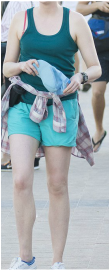 extremely tall, mostly Dramatic body. Christie is so tall -- 6'3" -- and relatively narrow, most style systems would require her to dress as a Dramatic, or a Dramatic/Natural blend. But that's really wrong for her. Mostly Dramatic, and so not great: Much more feminine, and so much better for her: Even more celebrity examples:
To sum up: 1. Identify your style identity based primarily on your face. 2. Make a few tweaks in the direction of a different style identity if you know your body calls for it. Dress for your face!
110 Comments
For several years, my readers have been asking for makeup guides for each of the 63 style types. I started doing the research necessary to create these guides in 2017, and I'm finally done! Your makeup's color palette comes from your color season. But two women with the same color season won't apply makeup the same way to look their most beautiful. Have you ever wondered why certain makeup trends -- a matte lip, a cat eye, contoured cheeks -- just don't work for you, even when you know that the colors you're using harmonize with your skin? The reason is that the lines of your face, which determine your style type, harmonize with certain makeup looks and not others. Not everyone looks harmonious with fuller lips. Not everyone looks harmonious with contoured cheekbones. Not everyone looks harmonious with a smoky eye. Not everyone looks harmonious with delicate, plucked brows. Here are two pics of me in two different makeup looks. In both pics, I'm wearing Soft Autumn colors. But I think you'll agree that I'm lovelier in the pic on the right than the pic on the left. My style type is Ethereal Natural, and the pic on the right shows me in an Ethereal Natural makeup look. The pic on the left is a look with elements of Classic, Romantic, and Dramatic -- all essences that are unimportant for me. On the right, my skin finish is less powdery and matte, my eyebrows are less intense, I'm not wearing foundation, my makeup's overall level of contrast is lower, and my overall impression is less made-up. These are all features of an Ethereal Natural makeup look. Now, if I were a Romantic-Dramatic-Classic, chances are I would look gorgeous in a more matte, more made-up, higher-contrast look. Angelina Jolie is a Romantic-Dramatic-Classic, and that kind of makeup look is gorgeous for her: It's interesting to note that Jolie and I both have the same Soft Autumn color palette. Yet because the geometry of her face is Romantic, Dramatic, and Classic, her best makeup look is much more sexy, intense, and traditionally feminine than mine. My best makeup look combines Natural's no-makeup aesthetic with Ethereal's lightness and delicacy. The makeup guides are about 30 pages long. Here's what each guide includes:
Since I expect a high volume of initial orders, please allow UP TO A WEEK for your makeup guide to be delivered by email. All guides will eventually be instant downloads; at that point, you won't have to wait. :-) Scarlett Johansson, Renee Zellweger, Cynthia Erivo, Florence Pugh -- what did you think of their Oscar looks? Here, I share my thoughts about their color and style choices. I didn't even think about separates before I knew my style type. But how you put separates together actually has a big effect on the impression you make. Romantics, Ethereals, Classic, and Dramatics are each best in a head-to-toe look. If you think about it, this makes sense, because all four of these types are formal and grown-up in their own way: the Romantic is mature womanly sexiness, the Classic is a "ladylike" adult woman, the Dramatic is a powerful ruler, and the Ethereal is an immortal being. None of these pure types is youthful or casual enough to look her best in an obvious use of separates.
Another easy way to do a head-to-toe look is to just wear a dress. Ethereals, Romantics, and Classics have a lot of great dress options.
Speaking of which: the message a Natural sends with her use of separates is, "I own nothing but separates, and I basically just throw them together because that's how confident I am, but the effect is never weird, because I can't be bothered to put in enough effort to make it deliberately weird, because that's how casual I am."
A Gamine's use of separates says, "I deliberately combine separates no one else would dare to put together, because that's how fun and quirky I am. I want you to notice!"
If you're a blend of two or three types, as most women are, and you manifest Natural, Gamine, or Ingenue through your use of separates, you'll want to lean a bit more heavily on your other essence (or two) to balance the effect. So, for example, A Natural-Classic-Ingenue combining separates in a casual, Natural way would take extra care to bring in Classic and Ingenue in other aspects of her look. If you're not sure of your style type, try the Style ID Calculator! A reader writes, "Your guides have been incredibly helpful to me. However, there is one part of your guides that confuses me. What exactly does it mean for a piece of clothing to be "constructed" or "unconstructed"?" Great question! Constructed garments have a defined shape that's not simply the shape of the body underneath the garment. You can't easily ball up a constructed garment in your hand; it wants to hold a shape. The way a garment is sewn can give it a defined shape. This is easier with heavy, stiff, or crisp fabrics. Manufacturers also use lining, padding or interfacing to make garments have a defined shape. Dramatics and Gamines are flattered by sharp-cornered squares and rectangles. These aren't the shapes of the human body, so Dramatics and Gamines usually need constructed garments to create those shapes.
Romantics, Ethereals, and Naturals all look their best in unconstructed clothes. For Romantics, this means sexy draping that appears to hug the body. For Ethereals, this looks like floaty, trailing garments that seem about to take flight. For Naturals, this looks like garments that are supremely comfortable and unfussy.
It's not as easy to find constructed clothes as it was 100 years ago. As a society, we've all mostly agreed to dress like Naturals most of the time. Which is great for us Naturals, but a challenge for everyone else. Garments that are tailored into defined shapes are usually more expensive than unconstructed garments, because that kind of sewing is labor-intensive. If your style type calls for construction, you may choose to spend the money on those more expensive items. You might also save some money by focusing on clothes that are stiff not because of their tailoring but because they're made from stiffer fabrics. If you're willing to buy second-hand, you'll find that a lot of vintage clothes are more structured than what you typically see in stores today. Also, consider using spray starch to give your garments more stiffness! You don't hear much about it these days, because fashion is mostly so unconstructed, but clothing starch is still a thing. Here are hairstyle ideas for the two-identity blends. For each blend, the suggestions are jumping-off points. Use them as inspirations. If you're a blend of three identities, try combining suggestions from the different two-ID blends that apply to you. For example, if you're a Romantic-Ethereal-Natural, take a look at suggestions for Romantic Ethereal, Romantic Natural, and Ethereal Natural. Don't know your style identity? Try the Style ID Calculator!  Romantic Ethereal: Aphrodite Try: Soft & flowing. Asymmetry. Fullness and height at the crown. Long, luscious and full. Side parts. Low side pull-backs. Touchable curls or waves. Soft, sexy updos with lots of free curls.
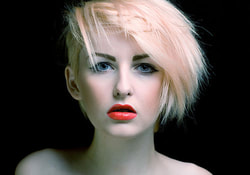 Ethereal Gamine: The Sprite. Try: Spunky, diaphanous, floaty, boyish, tousled. Short and wispy. Choppy waves. Cute or witty "period" looks. Playful, unexpected braids.
This post first appeared in January of 2016. Dramatic is a style type I am always delighted to encounter in a virtual analysis. Women with a lot of Dramatic tend to have strong jaws, strong brows, strong cheekbones, intense, narrow eyes, and an overall powerful energy. These women can pull off avant-garde clothes that most of us can't; in fact, they require extreme minimalism, sharp corners, and straight lines in their ensembles in order to appear as the gorgeous women they are. Clothes that are unstructured, very detailed, or noticeably feminine tend to exaggerate the masculine aspects of Dramatic features in an unlovely way. To wrap my head around style types, I find it helpful to use visual thesauri and word association tools. 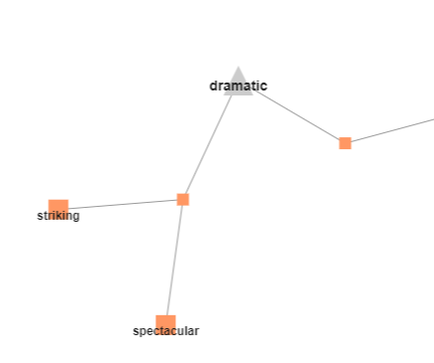 . "Striking" is already a word I use when I think about Dramatic types, but "spectacular' is new. I love "spectacular" for Dramatics in its literal sense -- having the quality of a spectacle. Dramatic clothes beg to be looked at. (What's ironic is that when a Dramatic wears them, we're more likely to notice her and not her face, because her face is exactly as spectacular as the clothes are.)  . "Large" and "big" are definitely important for Dramatics. In a Dramatic look, everything gets turned up to 11. Dramatic clothes are thrilling on the runway or on the hanger. And, of course, they are merely correct on a Dramatic woman. (This is an interesting corollary to Classic clothes, which can be boring on a hanger but sensational on a Classic woman. There's a version of this for every style type: On a Natural, sloppy clothes aren't sloppy; on a Gamine, weird clothes aren't weird; etc.)  . "Striking" leads us to "strike," which is fitting, because Dramatic energy feels like it's hitting you. Dramatics and Ethereals can be easily confused, because they both have sculpted, unusual-looking features, but one way to distinguish them is that Dramatic energy "strikes" you with its forward-moving, aggressive energy, whereas Ethereal energy feels like it's floating away. Here are some more fun words associated with "dramatic": Of course, there are many associated with the theater; Dramatic clothes, by themselves, are performances. I like here also "decisive" (nothing about Dramatics is wishy-washy!) and "sharp." Here are some additional adjectives I commonly use for Dramatic looks:
You might be a Dramatic blend with a gentle, peaceful nature. Rest assured that your sharp, intense, attention-getting clothes will look at home on you, and you'll stand out less than if you wear the clothes that are all wrong for you. The lines on the right are much more extreme than the traditionally feminine lines on the left, but in which picture does model Hailey Baldwin look most like herself? For me, it's the one on the right. I'm not thinking about that edgy red top; I'm just looking at her face. :-) Whereas on the left, I keep getting distracted by that ostrich trim and those hair. She doesn't have enough Ethereal to look normal in those delicate feathers, and her beauty is not feminine enough to be really flattered by those waves. She has a lot of Dramatic, and looks her best in strong, straight lines and little detail.
(I've said before, but should probably mention again, that masculine beauty and feminine beauty are both wonderful, and it's no slight to a woman to notice that her beauty is masculine rather than feminine. Most supermodels have strongly masculine beauty.) Not sure of your style type? Try the Style Identity Calculator, or consider investing in a Virtual Analysis. Your palette seems inherently gentle and graceful. Yet your Dramatic or Gamine Style Identity calls for a bold use of color. Can you do that? Sure you can! Definitely wear your Light Spring colors. But wear them in solid blocks, rather than in watercolor or ombre effects. This would not be so good for a Dramatic or Gamine: This use of Light Spring blue is excellent for an Ethereal blend, but not so fitting for a style type with a more aggressive energy. A use of Light Spring color more like this , below, would be more appropriate for a Dramatic or Gamine: The color is in solid blocks, not gently blended. It's still the Light Spring palette, but on a person with Light Spring skin, the effect will be bold.
Even better, consider doing head-to-toe charcoal, vanilla, or raspberry (Light Spring's versions of black, white, and red) to create a Dramatic effect. Or try unusual combinations of your palette's "primaries" and "secondaries": ocean blue with popsicle orange, butter yellow with grape purple, and so on. Your seasonal coloring does play a small role in your style identity -- people with highly contrasting coloring tend to make a more intense visual impression, and people with very low-contrast coloring tend to make a more gentle physical impression. But your coloring isn't determinative of your Style ID. Light and Soft seasons are definitely represented among Dramatic and Gamine style types. Hope this helps! :-) First published November 2017 One of the variables that differ from style type to style type is the amount of detail that is most flattering to that type. Some of us look beautiful with a ton of detail; some of us look beautiful in a minimalist context; and some of us can pull off both high-detail and low-detail looks. But what does "amount of detail" actually mean? The best way I have come up to explain "amount of detail" is this: Imagine that your image in the mirror is a pencil sketch. "Amount of detail" is the number of pencil strokes you'd need in order to accurately render that sketch. A shift dress can be rendered with relatively few lines, while a dress with a sweetheart neckline, a pleated skirt, pleated sleeves, and sequins would require literally hundreds of pencil strokes. A flat piece of fabric is extremely low-detail. As soon as you gather that fabric into pleats or drapes or ruching, the image becomes much more detailed. Not coincidentally, pleats, draping, and ruching read as feminine. Detail always reads as feminine. I have a couple of theories about why this might be. One idea is that we view detail as feminine because detail holds the eye, and throughout history we have seen women, not men, as the sex that exists to be looked at. Another idea is that we associate detail with femaleness because a curving line is "busier" (more detailed) than a straight line, and the lines of female bodies, on average, curve more than the lines of male bodies. A third idea is that we associated a highly detailed ensemble with femininity because creating a highly detailed ensemble takes time and effort, and women, not men, are traditionally expected to put time and effort into their appearance. Regardless of why it's so, a high level of detail adds femininity, and minimalism adds masculinity. Women whose style types are mostly androgynous/masculine will usually find that too much detail makes them look mannish. Women whose style types are mostly feminine will usually find they are less pretty in minimalist looks. I'm an Ethereal Natural with tiny smidges of a few other essences. My feminine-masculine balance is about 60-40 in favor of feminine elements. If my fabrics are rough and my colors are restrained, I can handle quite a bit of detail, but if my fabrics and colors are already very feminine, I can easily get overwhelmed with detail, and end up looking mannish. My curly hair by itself adds a ton of detail (imagine making a pencil sketch of it!), so if I'm wearing my hair down I don't have a lot of room to add more detail. Most of my garment choices are pretty simple. This sharply tailored suit could be drawn with very few pencil strokes. It's low-detail. Alison Williams is stunning in it because her striking, masculine beauty calls for a very low amount of detail. (I think Williams is highly Dramatic.) Jennifer Aniston is another celebrity who looks her best in very low-detail looks. She has a ton of Natural (which, along with Dramatic, is a masculine style type that asks for very little detail.) See how much better Aniston is in the low-detail dress on the right than she is in the high-detail dress on the left. For a strongly Natural woman (like Aniston and myself), a low-detail context, which is masculine, actually makes her look more feminine.
Most off-the-rack fast fashion is low in detail. If you're a predominantly feminine style blend, shop for items with more detail built in, like pleats, complicated lapels, visible stitching, and a sheeny finish (which adds visual detail as a result of the play of reflected light.) If your clothes are simple and you need to add detail, the easiest way to go is to add highly detailed accessories: for example, profusely detailed earrings, necklace, and scarf. Stripes can be Natural. They're especially likely to be Natural if they are irregular, or various in size, or if they read as relaxed, not aggressive. Vertical stripes, which elongate the vertical line, are usually better than horizontal stripes (which are good for Gamines.) Checks and plaids can be Natural if they read as something you would find on a fleece -- they should look farmer-ish, not preppy. (Preppy plaids are Classic.) Large, stylized, somewhat abstract nature motifs read as Natural, as long as they're not aggressive-looking (which would add Dramatic) or neatly repeating (which would add Classic). Nature prints that are more photorealistic read as Gamine or Ingenue. (The youthful essences get more literal images.) Nature prints that feature flowers will automatically bring in Romantic (if they're larger and stylized) or Ingenue (if they're smaller and more realistic.) Paisleys are often Natural, because they're stylized nature motifs that read as a little "tribal" (which is a word I don't love; what's a better word?) A paisley that's very tiny or very detailed is less likely to read as Natural. Prints with abstract geometrics that seem to be randomly distributed and are largeish in size can be Natural. Go for blunt-edged geometrics; sharp-edged geomtrics will read as Dramatic (if they're large) or Gamine (if they're small.) Prints you find in textiles of indigenous peoples are often Natural. Again, the print is more likely to read as Natural if it's large and not incredibly detailed. A Natural print will not fee aggressive or high-energy. A print or pattern, by itself, adds a lot of detail to a look. And Natural style calls for a very low level of detail. So if you're a pure Natural and you're going for a print, keep your silhouette and garments extra simple, and your other details very, very plain.
Women who are pure Natural and Natural blends, what prints and patterns have you found work for you? If you're not sure of your style type, try the Style Identity Calculator or consider a Virtual Analysis. Yet we live in an era of casual fashion. What used to be called "sportswear" is the expected everyday clothing for most of us. Dramatic asks for stiffness and tailoring, but most of what's available in department stores is unconstructed and soft, and the stiff, tailored pieces are expensive! Dramatic asks for avant-garde pieces, but some women who are Dramatic blends aren't comfortable with those looks, or don't have access to those items. Dramatic asks for an aggressive energy, but some Dramatic types don't feel comfortable channeling aggression. So if you are a Dramatic blend Dramatic, what are your easy options for creating a Dramatic impression? You can buy pieces as a set... or you can create a visually unbroken line by simply matching your bottoms to your top. If the color is continuous, people will perceive the line as being elongated. The monochromatic look is also visually intense, which reads as Dramatic.
Women who are Dramatic blends: what are some quick tips and tricks you can share for implementing Dramatic in an everyday wardrobe?
Not sure of your Style ID? Try the Style ID Calculator, or consider a Virtual Analysis. Almost a decade ago, just before the beginning of the new school year (I teach, as many of you know), I went to the mall with my credit card and spent several hundred dollars on new clothes. This was a carefully considered decision. It had been years since I'd bought myself actual new clothes. And I had calculated that I would be able to pay off the balance plus interest over the next 12 months. In the years prior to that shopping trip, I had bought and thrown away a lot of thrift-store clothes. I felt unable to make myself look beautiful, and I knew I was wasting money. I thought if I spent some serious money on really nice clothes, I'd feel and look different. I'm a grown-up and a professional, I told myself. It's not unreasonable for me to make a financial investment in my wardrobe. I was right about that last idea, I think; it makes sense to spend money on clothes you know you'll be wearing for years. Yet I don't own any of those clothes anymore. The reason for that, as you may have guessed, is that I had a style analysis not long after that shopping trip, and discovered that most of the expensive shopping-trip clothes were wrong for me. I had chosen mostly Classic and/or Dramatic pieces -- very stiff, structured, sharp-edged items. I think on some level I believed that the dignity of the clothes would automatically elevate the impression I made. Yet my style analysis revealed that Ethereal and Natural garments, which are completely unstructured, were actually more dignified for me. They made my somewhat otherworldly and somewhat rough-hewn features read as noble and magical. In Dramatic and Classic lines, by contrast, my face looked a bit coarse and a bit weird... like, out of place. (You don't put Mother Earth in a suit, right?) I was able to return, resell, repurpose, or gift most of the brand-new clothes, thank goodness. My style analysis cost $350. That's a fraction of what I spent on the wardrobe that was all wrong for me. And that's more than I've spent on any shopping trip for myself in the years since then. In fact, I rarely shop for clothes these days. Many of the items in my current wardrobe are several years old; when I find an Ethereal Natural garment, I keep it until it wears out, because it works for me every time I put it on. For example, I'm on my third pair of these sandals: They last about two years. (Thin soles!) I wear them all summer. When they wear out, I order another pair. I've had this skirt, in off-white, for about six years. (I used scissors to cut off the highest ruffles, the ones at the hip -- I needed a narrower silhouette.) Most of the clothes currently in my wardrobe are thrift store finds. Knowing my style ID means I zoom in on the items that will work for me, and ignore everything else, so shopping is a fast and easy process. It also means that I look better, now, in a shirt I paid seven dollars for, than I looked in anything I bought before I knew my style ID. I spend so little time and money on clothes now. And I feel really confident when I leave the house, every day. My hair is a similar story. I've had the same basic hair for years now. I spend zero time agonizing about what hair style looks best on me, or worrying about whether I should change my style, because I know that what looks good in my clothing also looks good around my face: layers, sinuous lines, rough edges, and a lot of length. Basic Ethereal Natural. Some people really enjoy changing their look every season. And some people really enjoy spending hours trying on clothes. For those people, a style analysis would be a waste of money. But if you're like me, you don't have the time or patience for all of that. You want to know, once and for all, and have it settled, so you can get on with the more important parts of your life. (I work crazy hours, and I have two jobs and two kids, for goodness' sake. I'm guessing you're as busy as I am.) And this is my point: if you love feeling beautiful, but you hate wasting time and money, a style analysis is a good investment for you. Your virtual style analysis comes with a report that describes the process by which I arrived at your result. It also includes specific percentage recommendations for lines lengths, shape sizes, construction/draping, and your masculine-feminine balance. You'll receive your Visual Style Guide and your What Not to Wear as well. At $279, it's kind of a lot of money. I get that. But it's an investment in your future and your peace of mind. And I expect you'll recoup that investment, as I have recouped mine. A woman for whom I recently did a virtual analysis offered to write a customer testimonial for me. Now that I'm in my 40s, one of my personal goals is to become more comfortable tooting my own horn. So here it is. :-)
* * * Why get a Style Analysis from Rachel? After all, can’t you just figure out this stuff yourself? I mean, it costs money, and all that. I can give you one great reason: Rachel’s gift is magical. Her style analysis is spot-on, objective, and exact. She nailed it. Like most of us, I have been rather haphazard about my style choices. While I like to think of myself as a smart woman, I have a hard time filtering out the style and fashion noise that bombards us daily. Many of us find the process too difficult to navigate, so we opt out. Many just wear sweats and flip flops, unless heading to work. Others, like me, try and try again, spending countless dollars testing out theories and never quite getting it right. Both extremes can justify these choices with the idea that we are not going to be victims of consumerism, or that we can reinvent ourselves as the occasion demands. And many are satisfied with that. I am not. Like most, I have a lot of demands on my time and money, so I want to make sure I maximize both. These days, at least, image is important, so making the most of that image without breaking the bank is, to my mind, a worthy goal. I have educated myself about image matters, at least minimally. According to many media sources, I should, at my age, “know what works for me.” I’ve spent more than 50 years as a female marketing target in the United States, though. And I know I am not alone in being more confused about what works for me than ever. Let’s face it: we are constantly being told that we can control or create our image. We can even live virtually behind an avatar, if we choose. This image thing is NOT easy. Meaningful style analysis was (and is) an elusive target. When I first started spending my own money on clothes, style analysis was limited to the passing reference to types in the back of the Color Me Beautiful books: Dramatic, Classic, Romantic, Natural, and for a small number of people, Ingenue. I never felt drawn to any of those pure types. Based on the offhand comments of family and friends about how small I am (5’4” on a good day, and very short waisted), or how I should look for my various life roles (work, wife, mom) I always distorted the self-test results away from the Dramatic looks that appealed to me. I am too short to pull those off, I would think. High fashion is not for women like me. I persevered, though. I did not resort to sweats. I watched makeover shows. I bought fashion books. I pinned all the pins about face shape and how to put on makeup for my eye shape. I wore the Lilly Pulitzer dress that matched the pink dress my daughter loved. I wore the Land’s End quilted jacket all the moms were wearing. I developed a utilitarian basic work wardrobe that required no effort on hectic mornings. My image functioned, but it wasn’t great. And it wasn’t cheap. Trying the latest fad, or buying clothes just for the right color, gets expensive. So does purging your wardrobe of clothes you love because they supposedly don’t work with your angular shoulders. Because, you see, I would focus on individual features of my image without having a vision for the whole. But Rachel has hit on something the shows, books, blogs, and advice columns won’t tell you: there are parts of your image you can’t change. As she says, your combination of facial features and body parts, the curves and lines they create, give off an impression. Whether you like or accept them, it is good to know what they are. When I started reading Rachel’s blog a few months ago, I tried to self analyze. I had never heard of the Kibbe types, so I read and looked on Pinterest. I read Rachel’s research on facial typing, and I realized that I probably did not have the discipline to apply this information to myself accurately. I had never heard of Ethereal as a style type. Flowy clothes were always either Romantic or Natural, but the supernatural Ethereal look is distinct from the others. Gamine is similarly distinct from Ingenue as a youthful look and from the other masculine types. And it makes so much sense to have this symmetrical division from Dramatic on the masculine end to Ethereal on the feminine, with Classic in the middle. My self analysis wasn’t trustworthy. Years of fashion industry static has made me doubt my eye and my instinct. What’s more, I sometime confuse my mischievous side with a visual style: in short, I saw myself in all of the types. I am small, so I could argue the Ingenue or Gamine essences, but I don’t like the fussiness they need. I am not symmetrical enough to be a Classic, but I do like proportion. I have some rounded features, so maybe there is some Romantic in there. I have some rather average features, and earth tones work for me, so maybe a Natural. Dramatic and Ethereal really appealed to me, but I could not see whether I was coming forward (Dramatic) or receding (Ethereal). And those can’t be right because I am short. I needed help. Enter Rachel. For me, Rachel’s style analysis, like all truths, has set me free. I am a Dramatic Ethereal Classic (50% Dramatic!). I felt drawn to this type, but had talked myself out of it! Again, I had failed to see that my whole was greater than the sum of my parts. This type makes sense of all of my conflicting signals. I am no longer afraid of my dark coloring: it fits. I am no longer trying to soften the things about my appearance others find intimidating: the Ethereal elements in my style can do that for me without being cutesy, overly casual, or overly ornate (all things I have tried). The Classic part gives proportion to my shortness. On Rachel’s recommendation, I am trying hairstyles some of the online experts would disapprove of, like no bangs on my long face. I am trying styles that are supposed to be wrong for me, like boatnecks for my broad shoulders. AND THEY ARE WORKING. I have gotten compliments from random co-workers for each of these small experiments. The people who have seen Rachel’s recommendations for me have unanimously approved. Here is the best part: I am not afraid of growing into this image. I can look back and see that these elements have always been part of me, and knowing that, the future looks so much brighter! Is Style Analysis worth it? With Rachel it is. Thank you, Rachel, for helping me find myself! * * * This customer's words made me so happy. More than anything, I want to help women feel authentically beautiful. If you're interested in a virtual analysis for yourself, book it today! :-) And keep in mind that many women do find success using the very affordable Style Identity Calculator on their own. :-) Last week, I explained that Romantic, Natural, Ingenue, and Gamine characteristics come from physical traits that actually distinguish women from men and adults from children. I didn't address Ethereal and Dramatic, though. That's because those beauty archetypes don't arise wholly from what's true about actual human women and men. I believe that the archetypes of Ethereal and Dramatic arise instead from our fantasies of supernatural or inhuman women and men. More specifically, I propose the following:
Ethereal: The Feminized SupernaturalI believe our idea of the Ethereal quality derives from the feminine physical qualities that we project onto onto imaginary, superhuman beings we see as peaceful or helpful. The most obvious example is our idea of an angel. But this archetype also shows up in saints, aliens, and deities; whether they're male or female, we tend to give them feminized physical traits. Our fantasies of such creatures generally depict them physically as having narrow and smoothly ovoid faces; high foreheads; large, widely spaced, oval eyes; high, rounded eyebrows; long noses; unearthly but low-contrast coloring; narrow jaws; and small, tapering chins. The overall physical impression of these beings is rather feminine, but some traits that characterize average human women, such as a relatively round face and relatively small nose, are missing. These are feminine faces, but it's an imagined femininity, not a mortal, "estrogenized" femininity. From this imagining, I believe, emerges the archetype of Ethereal beauty. See the similarities between the faces above and the Ethereal faces below. Faces are elongated and oval-shaped, gently sculpted but without harsh angles. Eyes are penetrating, wise, and peaceful, more almond-shaped than round, and often heavy-lidded. Noses are long and narrow. Lips are a bit fleshy and feminine, but not voluptuous. Eyebrows are narrow, long, and gently arched. Foreheads are high. The hairline is rounded.
|
About Me...I'm passionate about helping people become their most authentic and beautiful selves. Categories
All
|
- home
- Blog
-
-
- Book your virtual style analysis
- ♂ DRAMATIC style type
- ♂ NATURAL style type
- ♂ GAMINE style type
- ⚥ CLASSIC style type
- ♀ INGENUE style type
- ♀ ROMANTIC style type
- ♀ ETHEREAL style type
-
- ⚥ ♂ Classic Gamine -- The Prep Schooler
- ⚥ ♀ Classic Ingenue -- The Class President
- ⚥ ♂ Dramatic Classic -- The Art Critic
- ♂ ♂ Dramatic Gamine -- The Punk Rocker
- ♀ ♂ Dramatic Ingenue -- The Childlike Czarina
- ♂ ♂ Dramatic Natural -- The Amazon Queen
- ⚥ ♀ Ethereal Classic -- The Delicate Sophisticate
- ♀ ♂ Ethereal Dramatic -- The Sorceress
- ♀ ♂ Ethereal Gamine -- The Sprite
- ♀ ♀ Ethereal Ingenue -- The Fairy
- ♀ ♂ Ethereal Natural -- The Earth Goddess
- ♀ ♂ Gamine Ingenue -- The Girlish Mod
- ⚥ ♂ Natural Classic -- The Prep
- ♂ ♂ Natural Gamine -- The Tomboy
- ♀ ♂ Natural Ingenue -- The Outdoorsy Sweetheart
- ⚥ ♀ Romantic Classic -- The Sexy Sophisticate
- ♀ ♂ Romantic Dramatic -- The Vamp
- ♀ ♀ Romantic Ethereal -- Aphrodite
- ♀ ♂ Romantic Gamine -- The Firecracker
- ♀ ♀ Romantic Ingenue -- The Demure Seductress
- ♀ ♂ Romantic Natural -- The Babe Next Door
-
- ⚥ ♀ ♂ Classic-Gamine-Ingenue
- ⚥ ♂ ♂ Dramatic-Classic-Gamine
- ⚥ ♀ ♂ Dramatic-Classic-Ingenue
- ♂ ♂ ♀ Dramatic-Gamine-Ingenue
- ⚥ ♂ ♂ Dramatic-Natural-Classic
- ♂ ♂ ♂ Dramatic-Natural-Gamine
- ♂ ♂ ♀ Dramatic-Natural-Ingenue
- ⚥ ♀ ♂ Ethereal-Classic-Gamine
- ⚥ ♀ ♀ Ethereal-Classic-Ingenue
- ⚥ ♀ ♂ Ethereal-Dramatic-Classic
- ♂ ♂ ♀ Ethereal-Dramatic-Gamine
- ♀ ♂ ♂ Ethereal-Dramatic-Natural
- ♀ ♀ ♂ Ethereal-Dramatic-Ingenue
- ♀ ♀ ♂ Ethereal-Gamine-Ingenue
- ⚥ ♀ ♂ Ethereal-Natural-Classic
- ♂ ♂ ♀ Ethereal-Natural-Gamine
- ♀ ♀ ♂ Ethereal-Natural-Ingenue
- ⚥ ♂ ♂ Natural-Classic-Gamine
- ⚥ ♀ ♂ Natural-Classic-Ingenue
- ♂ ♂ ♀ Natural-Gamine-Ingenue
- ⚥ ♀ ♂ Romantic-Classic-Gamine
- ⚥ ♀ ♀ Romantic-Classic-Ingenue
- ⚥ ♀ ♂ Romantic-Dramatic-Classic
- ♂ ♂ ♀ Romantic-Dramatic-Gamine
- ♀ ♀ ♂ Romantic-Dramatic-Ingenue
- ♂ ♂ ♀ Romantic-Dramatic-Natural
- ⚥ ♀ ♀ Romantic-Ethereal-Classic
- ♀ ♀ ♂ Romantic-Ethereal-Dramatic
- ♀ ♀ ♂ Romantic-Ethereal-Gamine
- ♀ ♀ ♀ Romantic-Ethereal-Ingenue
- ♀ ♀ ♂ Romantic-Ethereal-Natural
- ♀ ♀ ♂ Romantic-Gamine-Ingenue
- ⚥ ♀ ♂ Romantic-Natural-Classic
- ♂ ♂ ♀ Romantic-Natural-Gamine
- ♀ ♀ ♂ Romantic-Natural-Ingenue
- Shop
- Book a Virtual Style Analysis!
- Contact me
- home
- Blog
-
-
- Book your virtual style analysis
- ♂ DRAMATIC style type
- ♂ NATURAL style type
- ♂ GAMINE style type
- ⚥ CLASSIC style type
- ♀ INGENUE style type
- ♀ ROMANTIC style type
- ♀ ETHEREAL style type
-
- ⚥ ♂ Classic Gamine -- The Prep Schooler
- ⚥ ♀ Classic Ingenue -- The Class President
- ⚥ ♂ Dramatic Classic -- The Art Critic
- ♂ ♂ Dramatic Gamine -- The Punk Rocker
- ♀ ♂ Dramatic Ingenue -- The Childlike Czarina
- ♂ ♂ Dramatic Natural -- The Amazon Queen
- ⚥ ♀ Ethereal Classic -- The Delicate Sophisticate
- ♀ ♂ Ethereal Dramatic -- The Sorceress
- ♀ ♂ Ethereal Gamine -- The Sprite
- ♀ ♀ Ethereal Ingenue -- The Fairy
- ♀ ♂ Ethereal Natural -- The Earth Goddess
- ♀ ♂ Gamine Ingenue -- The Girlish Mod
- ⚥ ♂ Natural Classic -- The Prep
- ♂ ♂ Natural Gamine -- The Tomboy
- ♀ ♂ Natural Ingenue -- The Outdoorsy Sweetheart
- ⚥ ♀ Romantic Classic -- The Sexy Sophisticate
- ♀ ♂ Romantic Dramatic -- The Vamp
- ♀ ♀ Romantic Ethereal -- Aphrodite
- ♀ ♂ Romantic Gamine -- The Firecracker
- ♀ ♀ Romantic Ingenue -- The Demure Seductress
- ♀ ♂ Romantic Natural -- The Babe Next Door
-
- ⚥ ♀ ♂ Classic-Gamine-Ingenue
- ⚥ ♂ ♂ Dramatic-Classic-Gamine
- ⚥ ♀ ♂ Dramatic-Classic-Ingenue
- ♂ ♂ ♀ Dramatic-Gamine-Ingenue
- ⚥ ♂ ♂ Dramatic-Natural-Classic
- ♂ ♂ ♂ Dramatic-Natural-Gamine
- ♂ ♂ ♀ Dramatic-Natural-Ingenue
- ⚥ ♀ ♂ Ethereal-Classic-Gamine
- ⚥ ♀ ♀ Ethereal-Classic-Ingenue
- ⚥ ♀ ♂ Ethereal-Dramatic-Classic
- ♂ ♂ ♀ Ethereal-Dramatic-Gamine
- ♀ ♂ ♂ Ethereal-Dramatic-Natural
- ♀ ♀ ♂ Ethereal-Dramatic-Ingenue
- ♀ ♀ ♂ Ethereal-Gamine-Ingenue
- ⚥ ♀ ♂ Ethereal-Natural-Classic
- ♂ ♂ ♀ Ethereal-Natural-Gamine
- ♀ ♀ ♂ Ethereal-Natural-Ingenue
- ⚥ ♂ ♂ Natural-Classic-Gamine
- ⚥ ♀ ♂ Natural-Classic-Ingenue
- ♂ ♂ ♀ Natural-Gamine-Ingenue
- ⚥ ♀ ♂ Romantic-Classic-Gamine
- ⚥ ♀ ♀ Romantic-Classic-Ingenue
- ⚥ ♀ ♂ Romantic-Dramatic-Classic
- ♂ ♂ ♀ Romantic-Dramatic-Gamine
- ♀ ♀ ♂ Romantic-Dramatic-Ingenue
- ♂ ♂ ♀ Romantic-Dramatic-Natural
- ⚥ ♀ ♀ Romantic-Ethereal-Classic
- ♀ ♀ ♂ Romantic-Ethereal-Dramatic
- ♀ ♀ ♂ Romantic-Ethereal-Gamine
- ♀ ♀ ♀ Romantic-Ethereal-Ingenue
- ♀ ♀ ♂ Romantic-Ethereal-Natural
- ♀ ♀ ♂ Romantic-Gamine-Ingenue
- ⚥ ♀ ♂ Romantic-Natural-Classic
- ♂ ♂ ♀ Romantic-Natural-Gamine
- ♀ ♀ ♂ Romantic-Natural-Ingenue
- Shop
- Book a Virtual Style Analysis!
- Contact me
Connect with me!

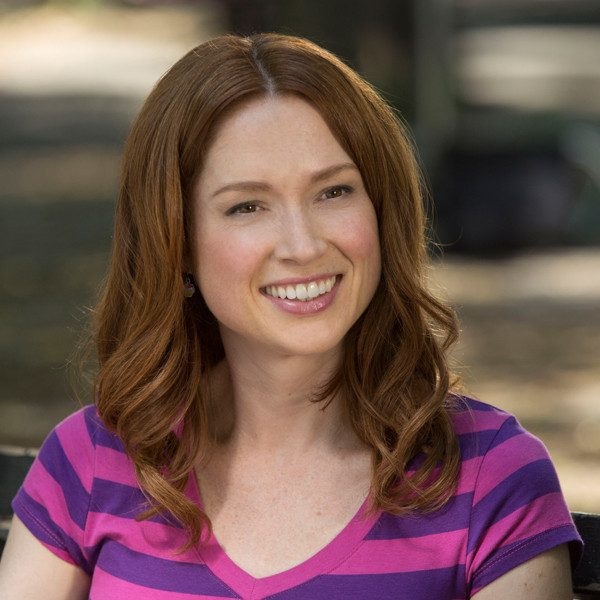
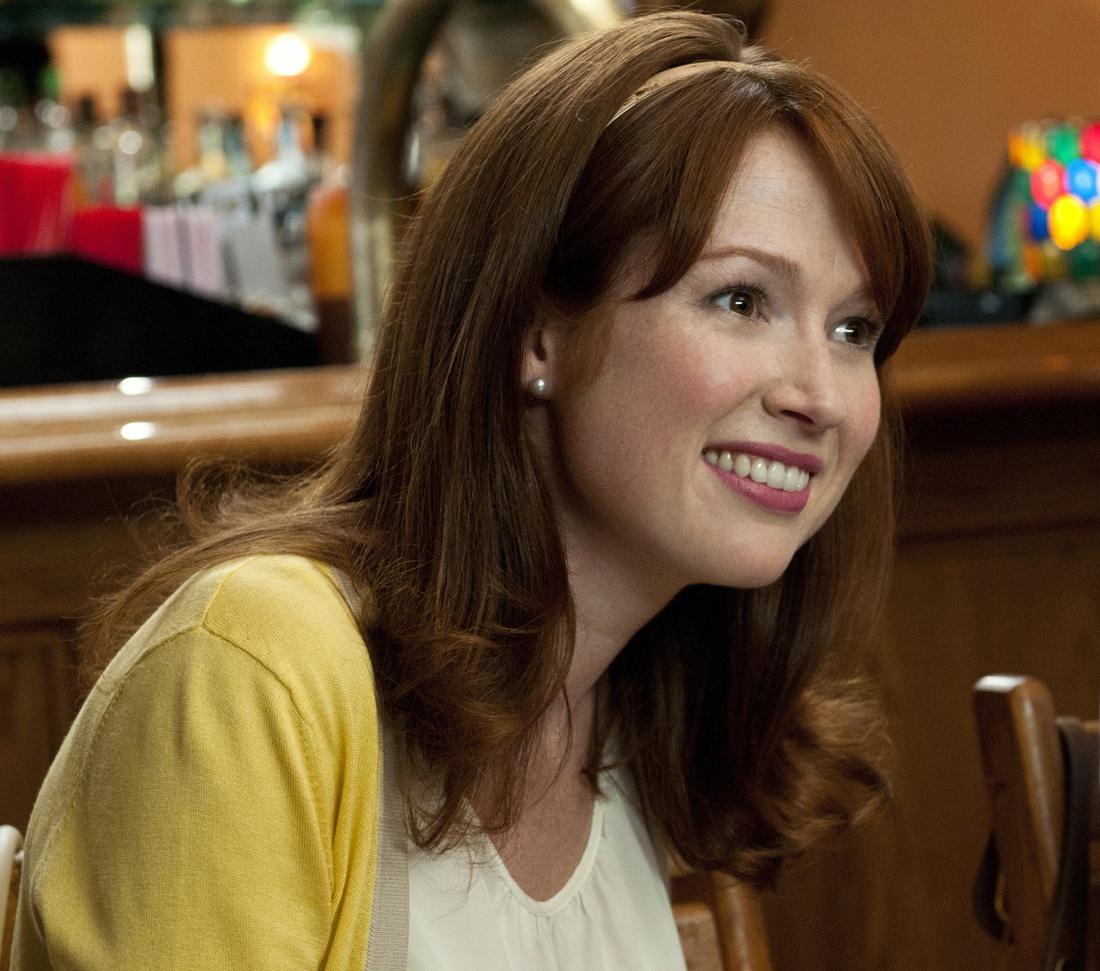

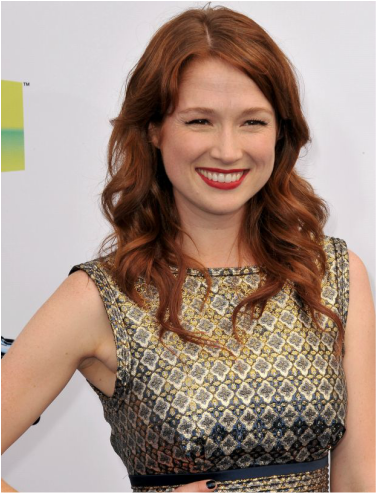




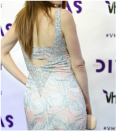

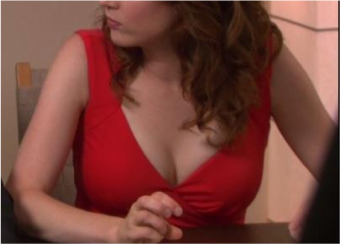
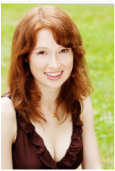
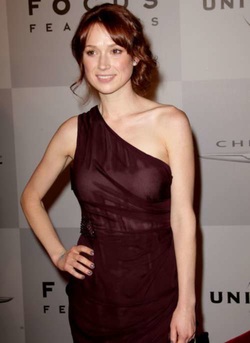
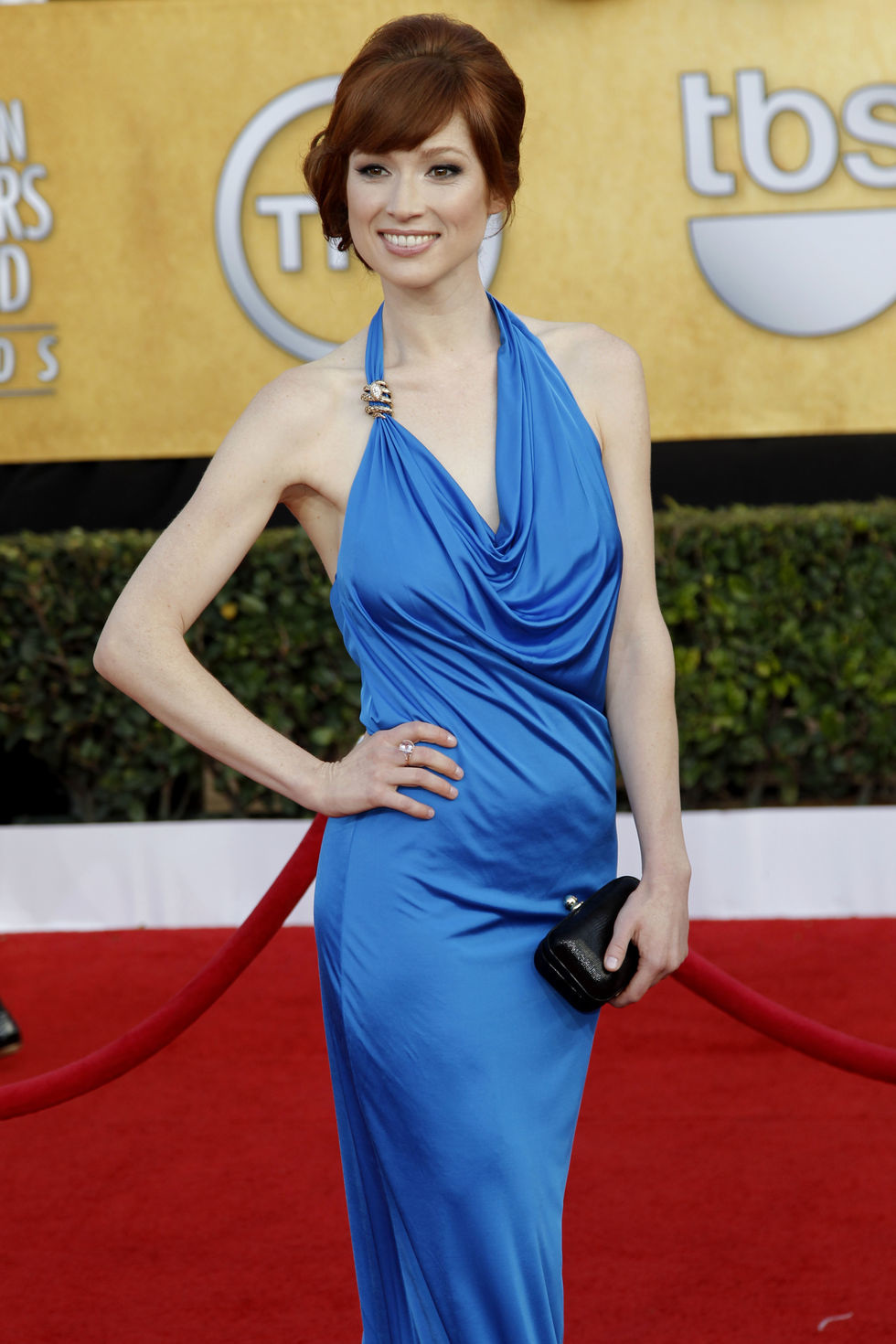
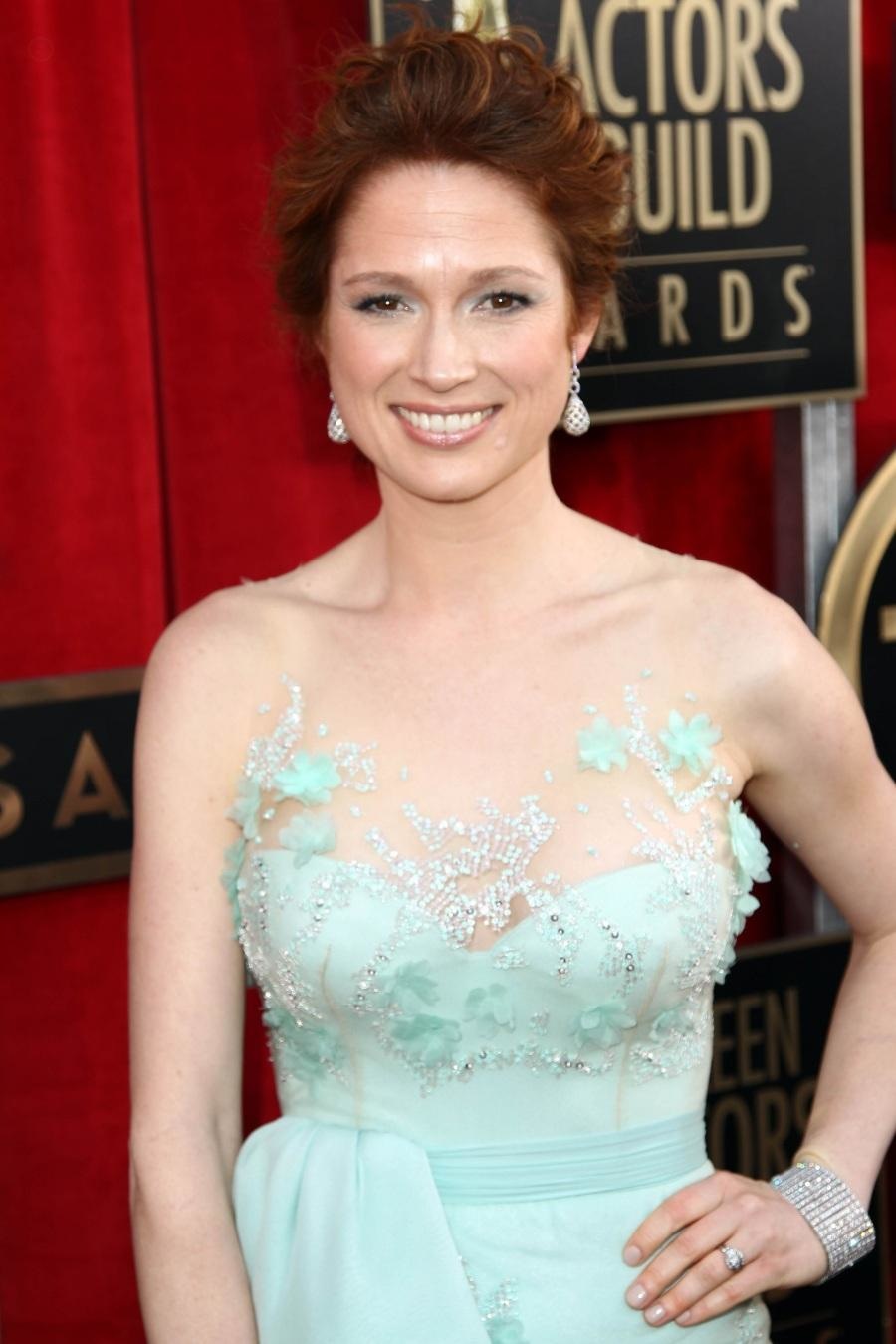

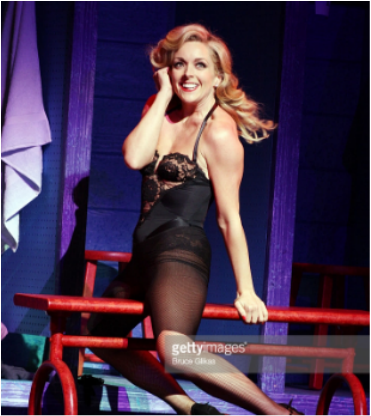


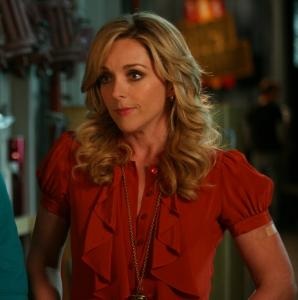

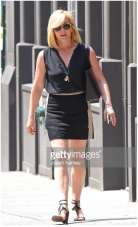



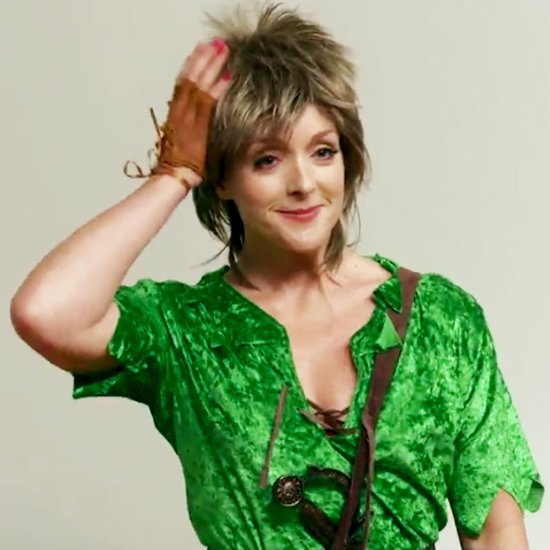

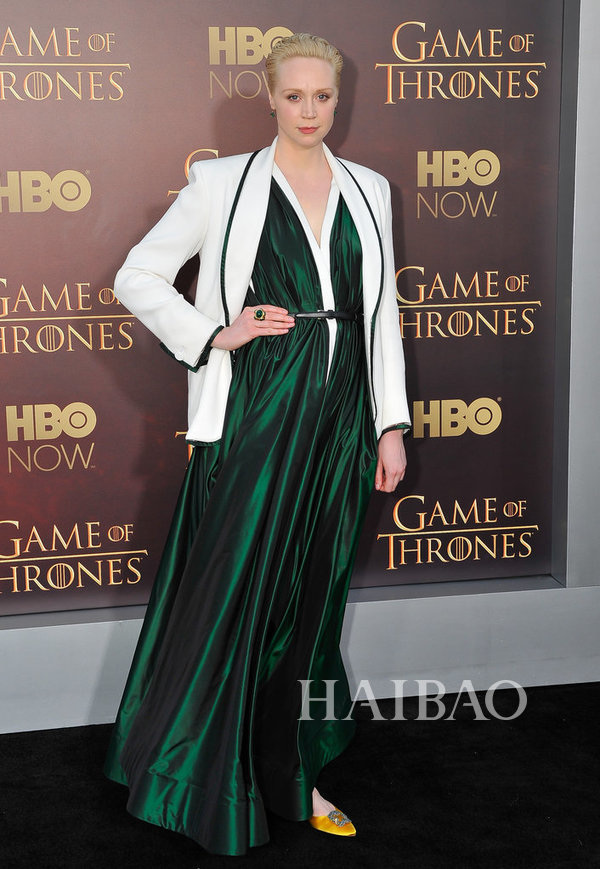
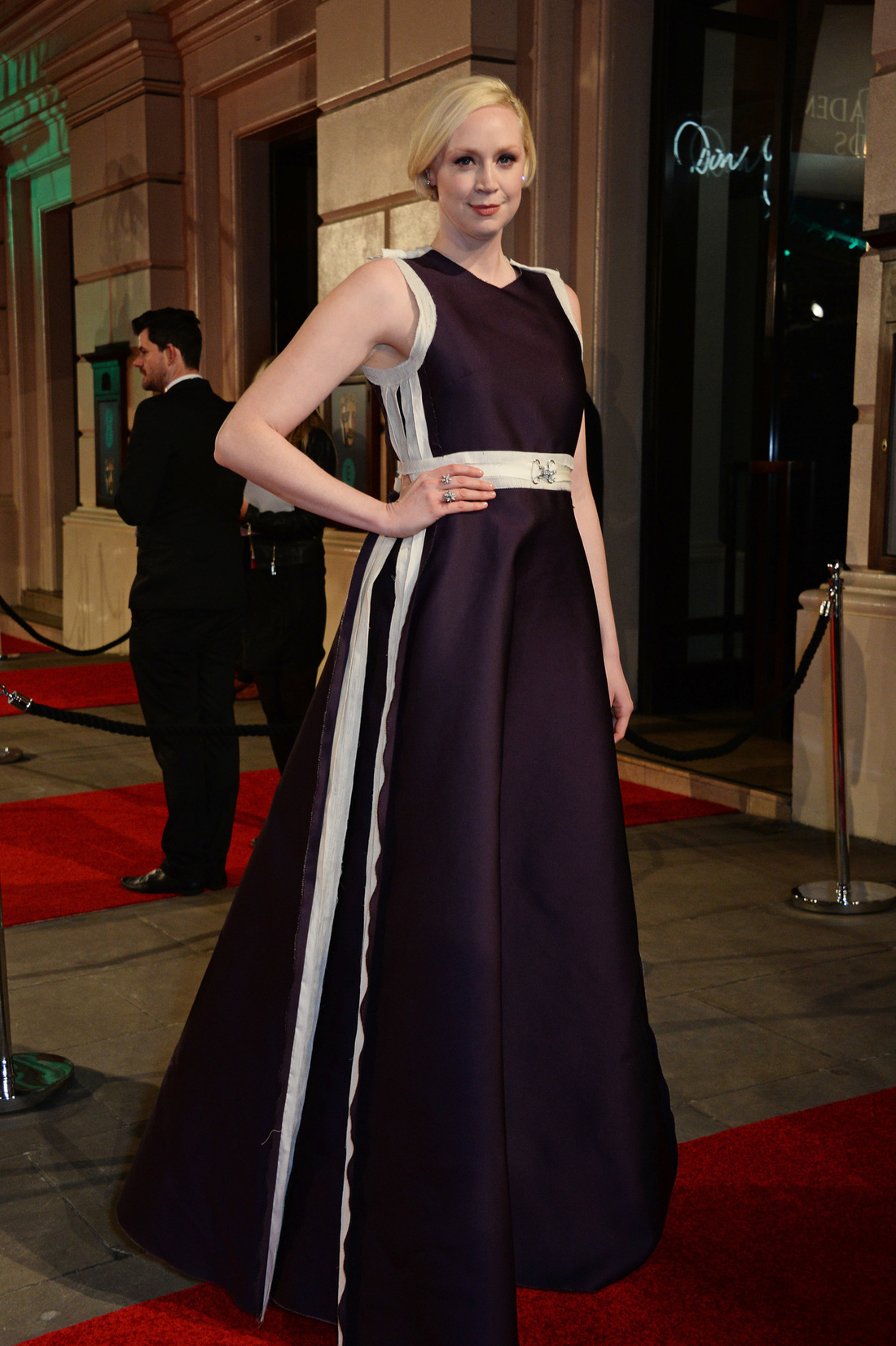
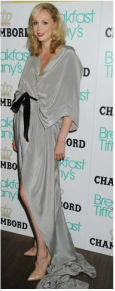
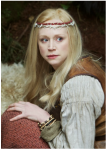

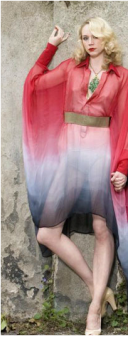

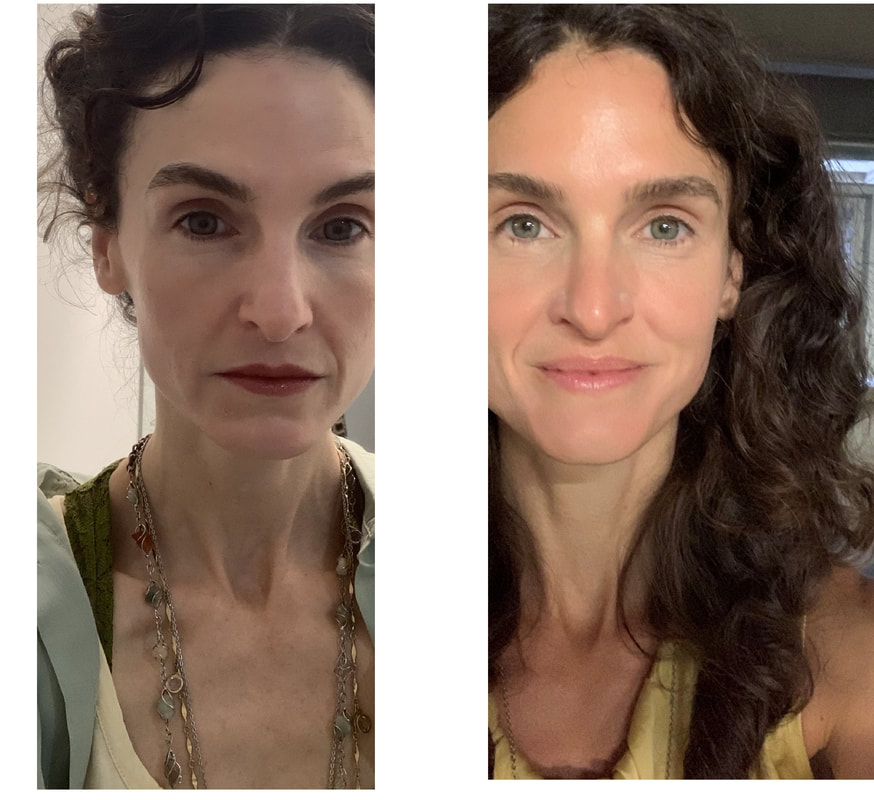
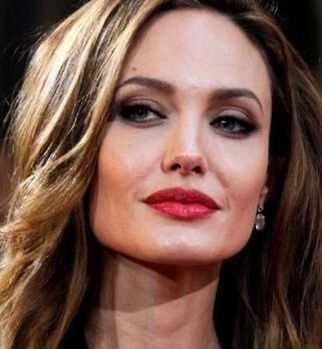
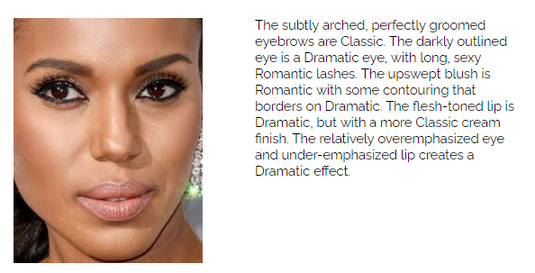
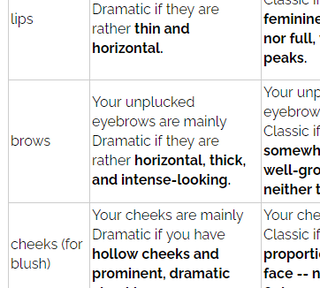

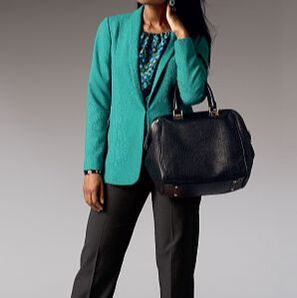

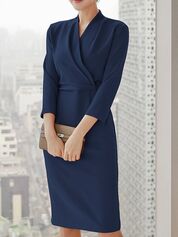
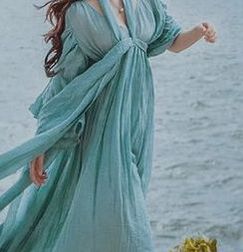


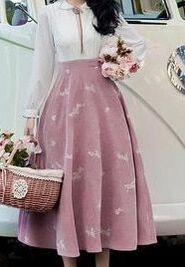



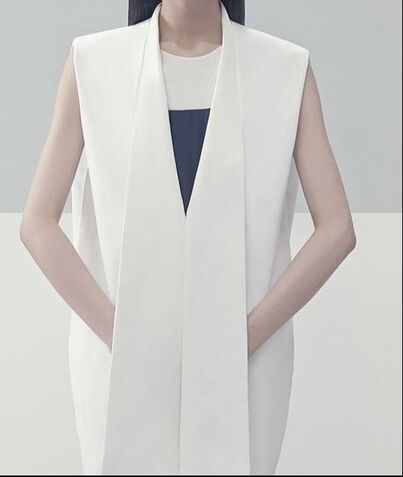

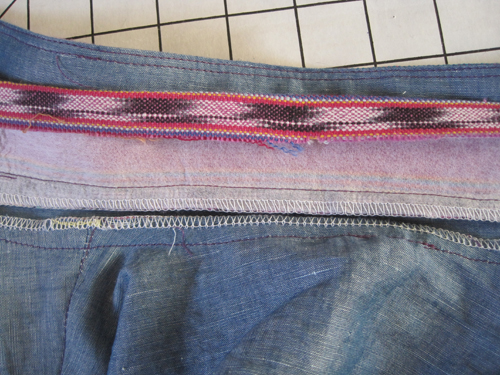
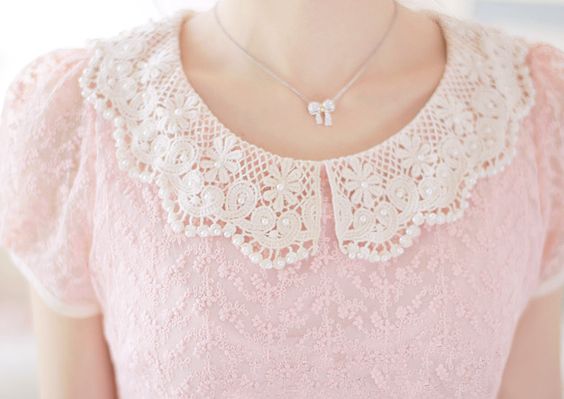
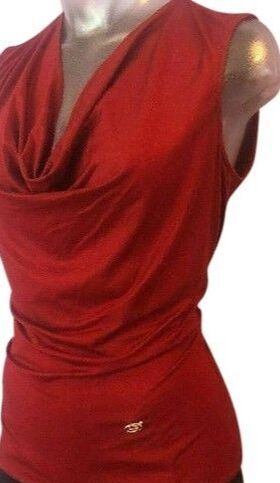
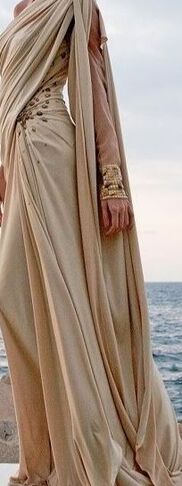

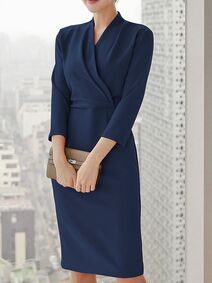

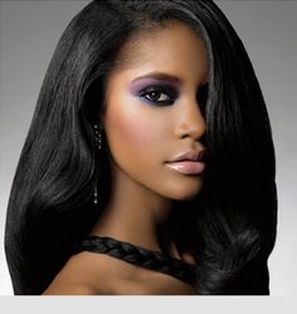
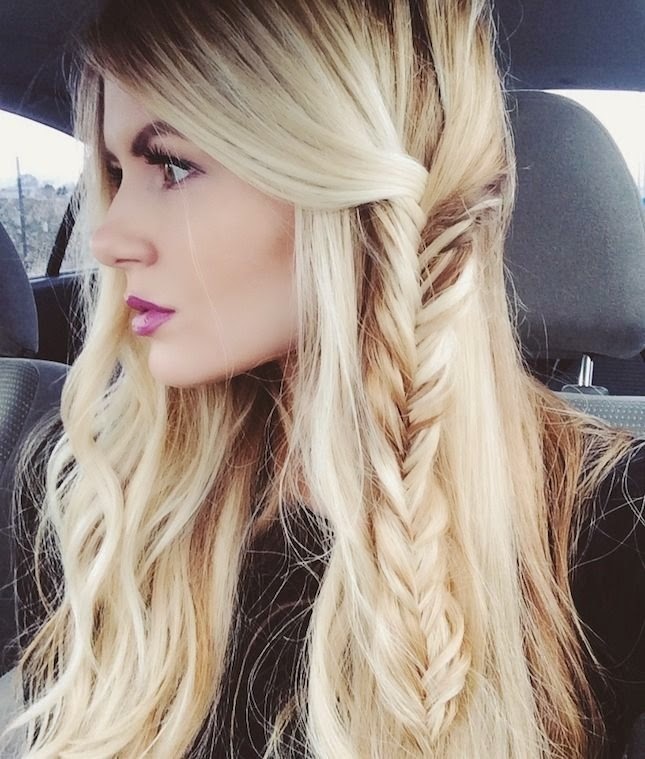

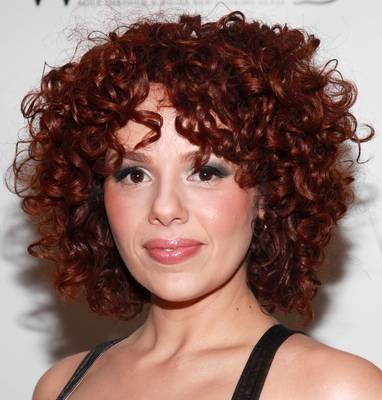



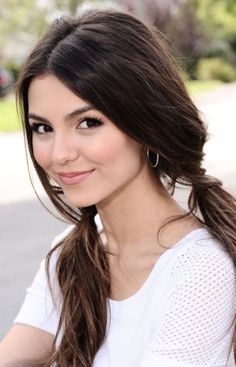


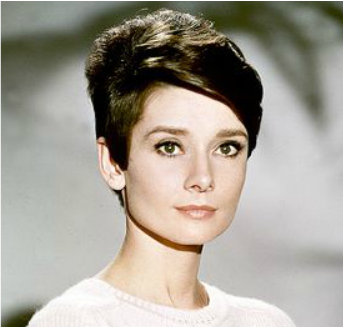




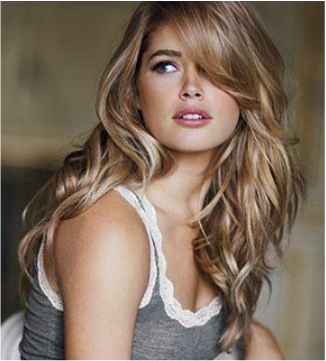
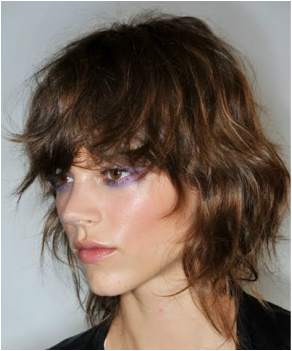
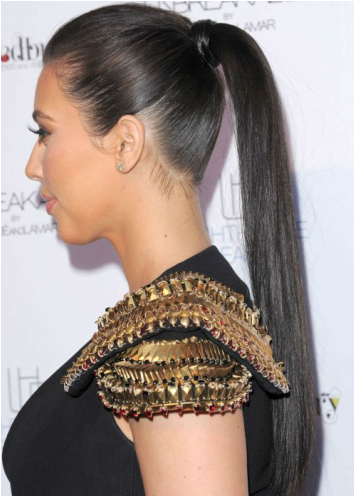


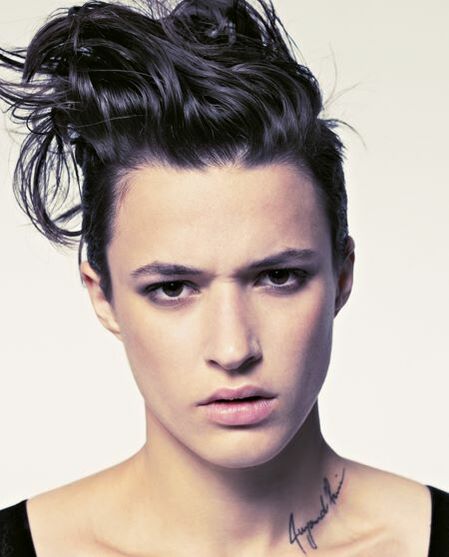

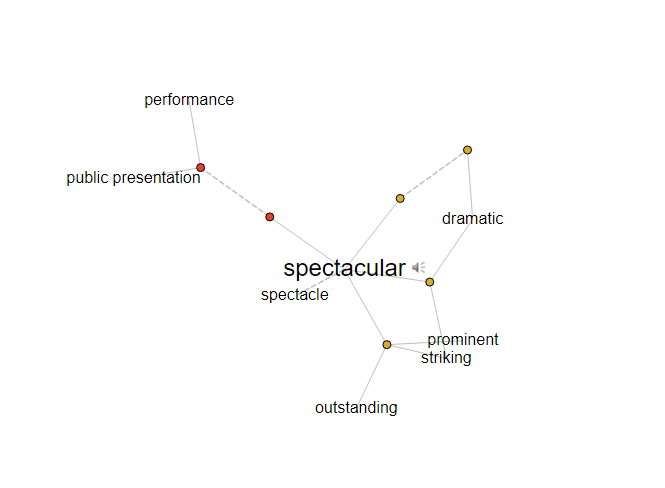
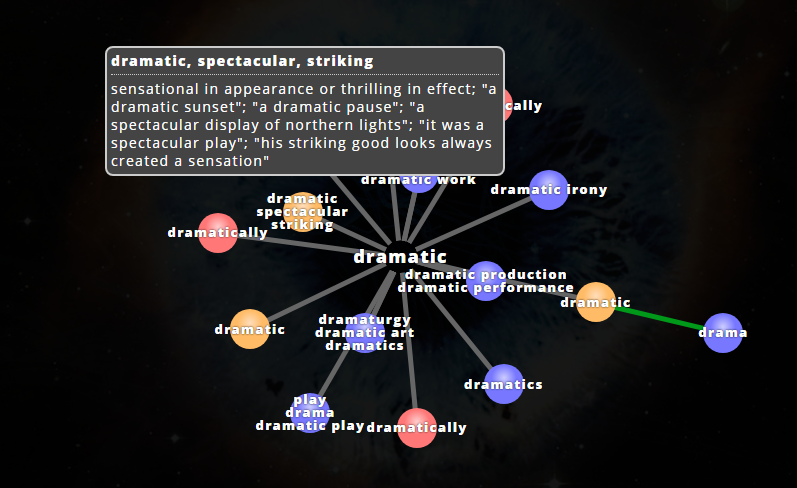

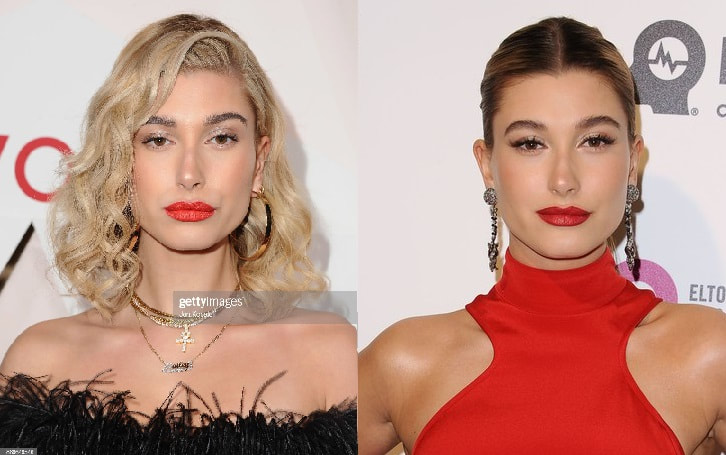
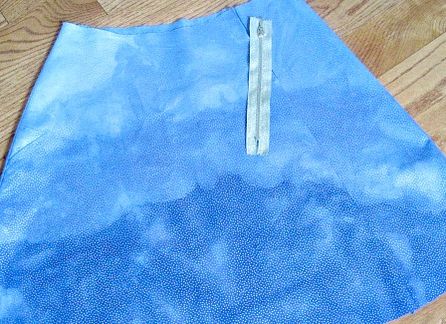
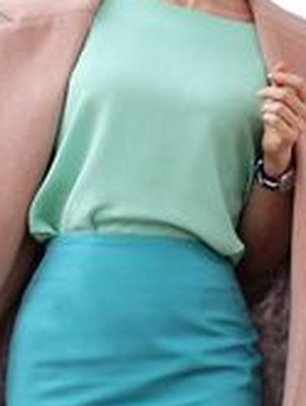



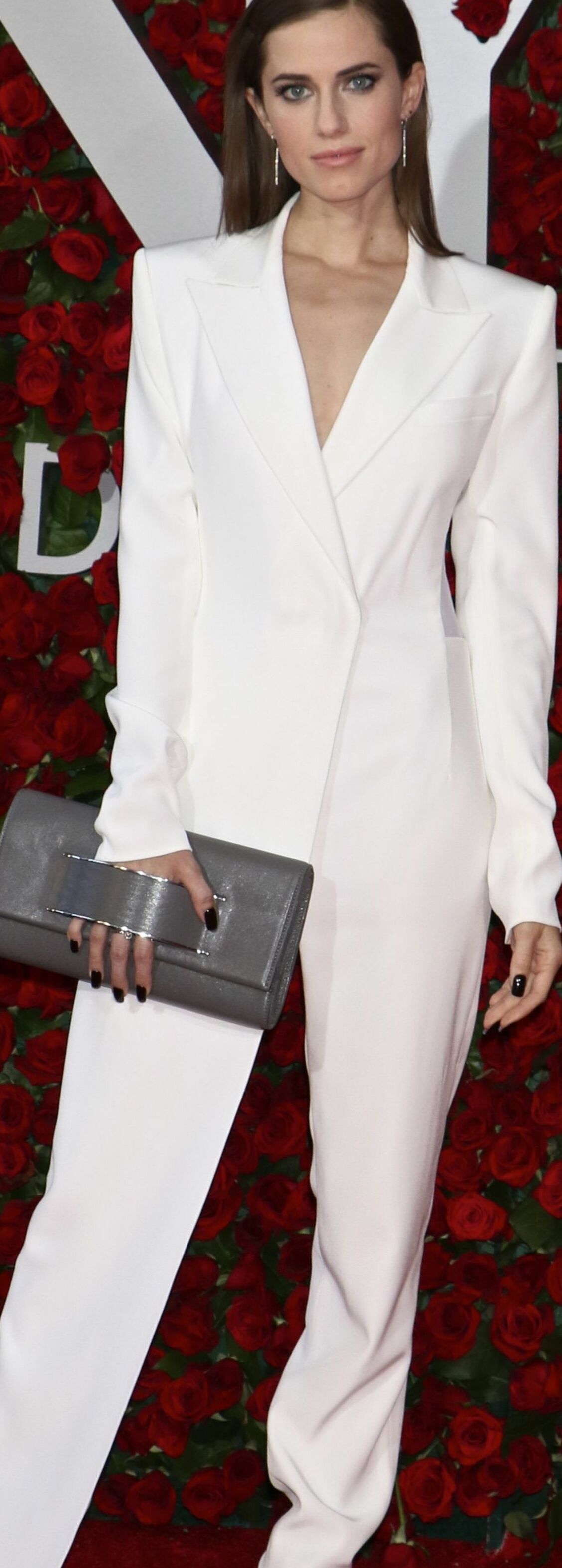
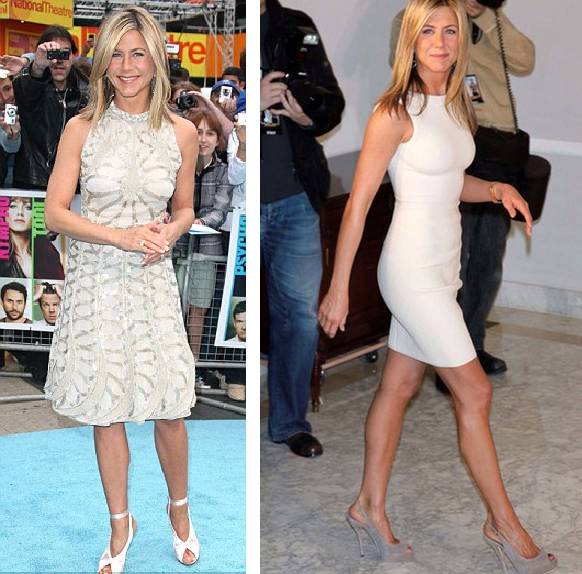

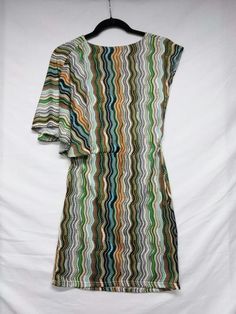


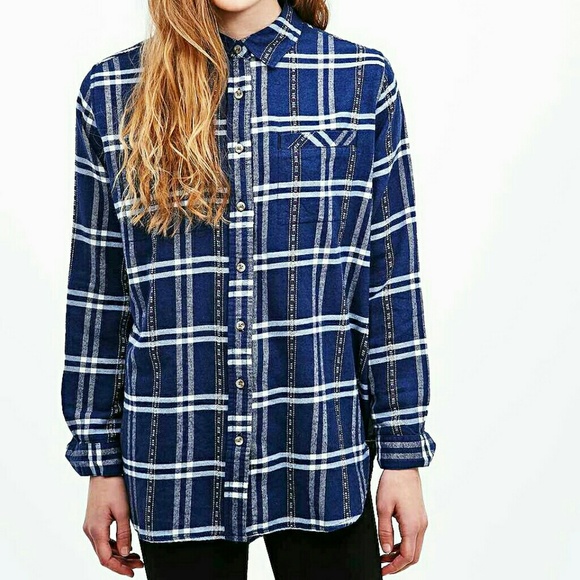
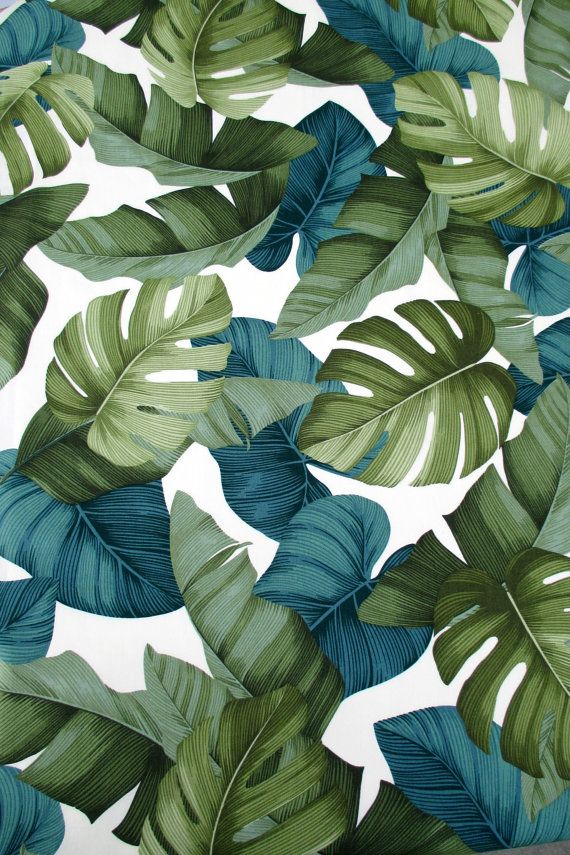

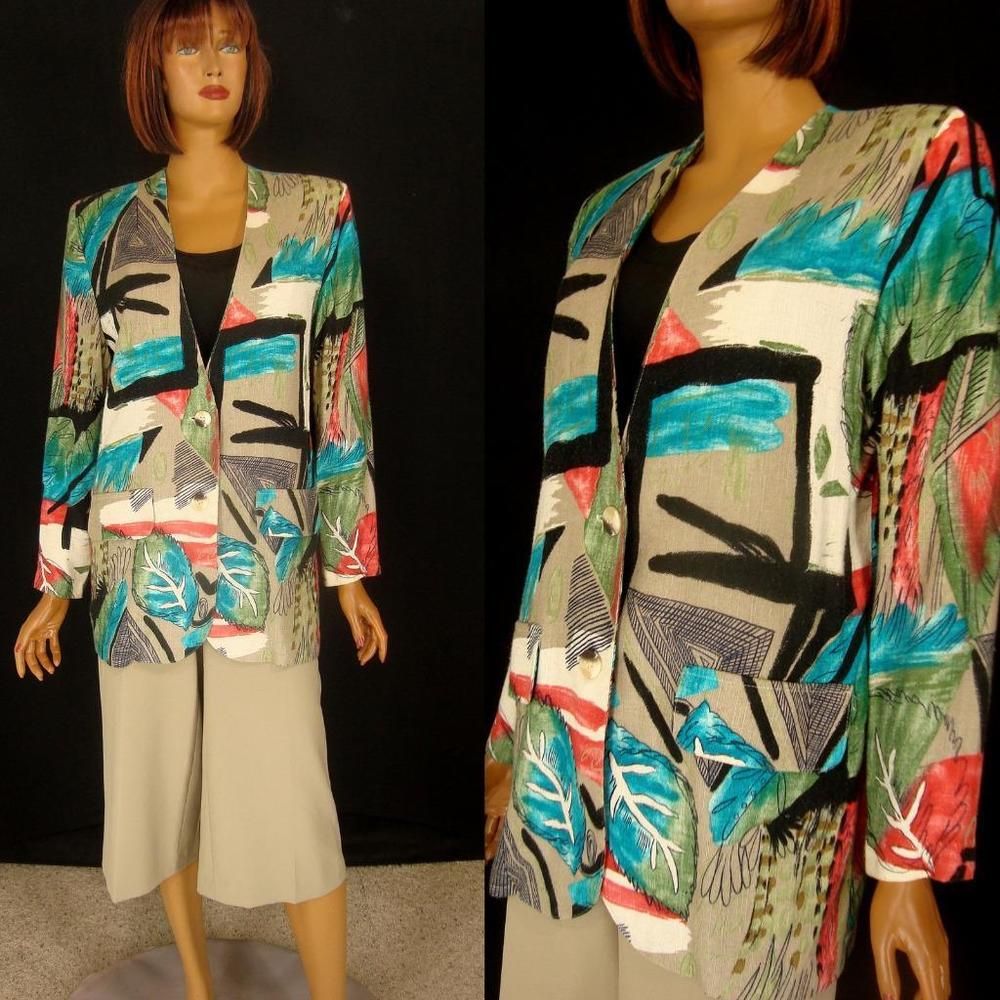




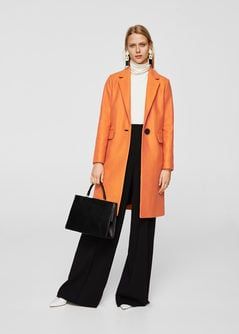
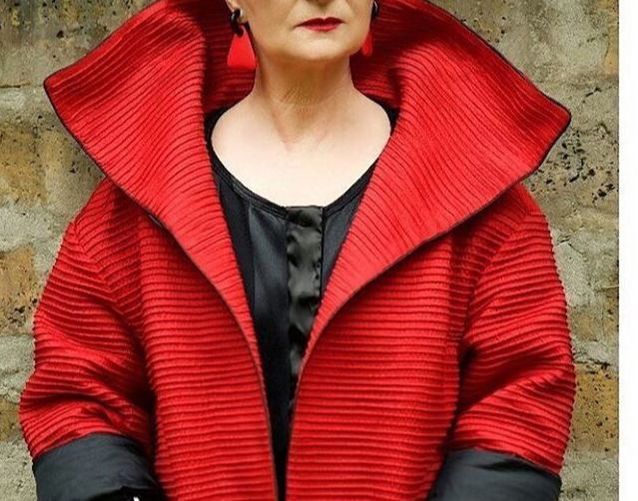


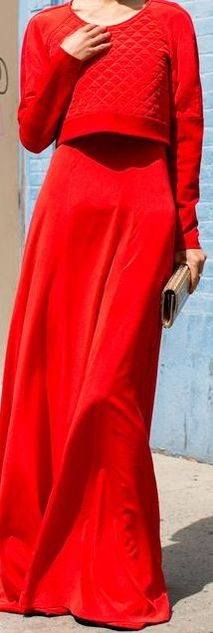

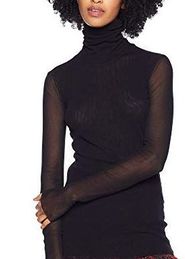
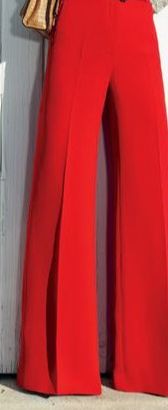
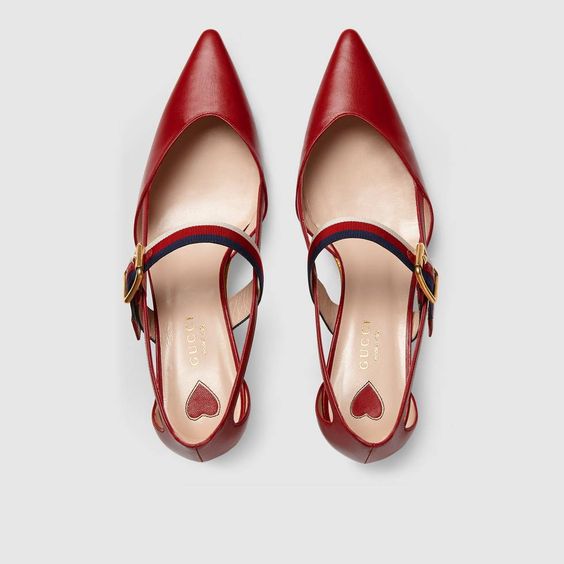




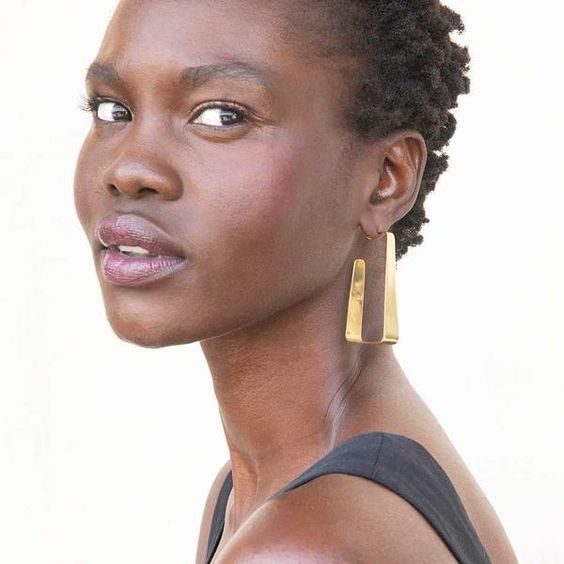
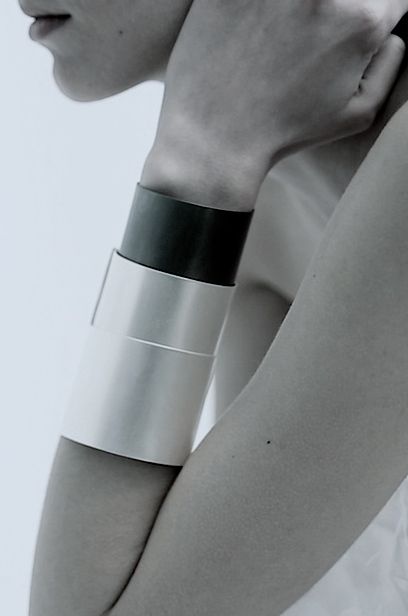

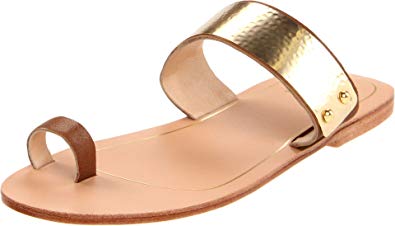


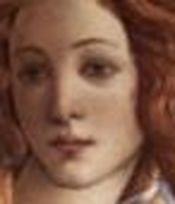







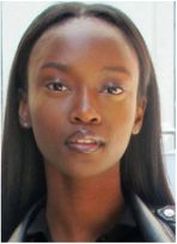


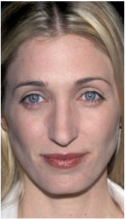

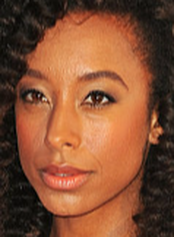
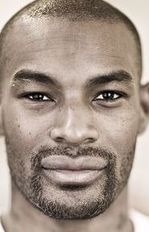

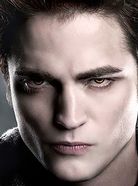
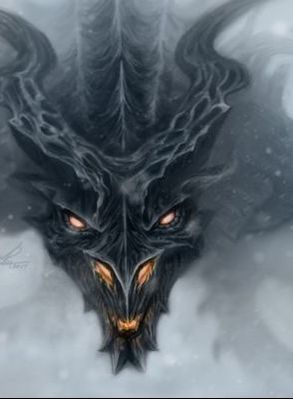

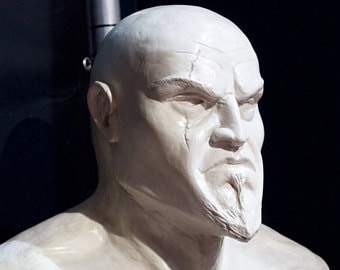


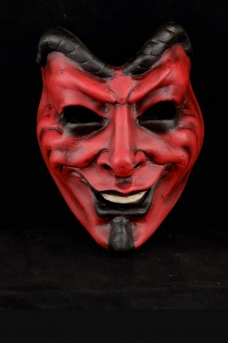

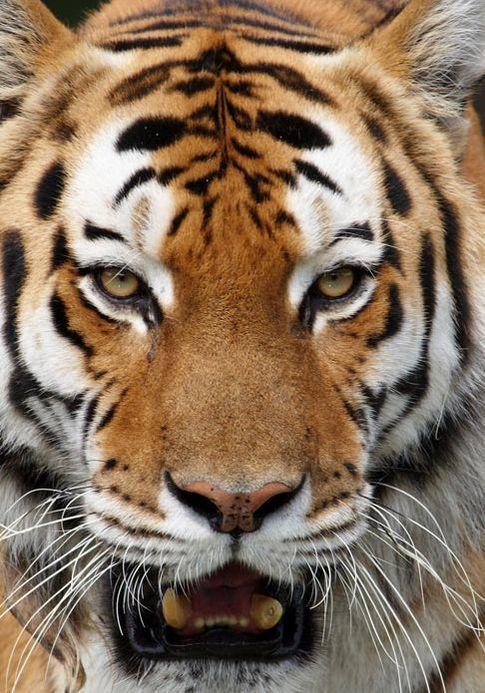



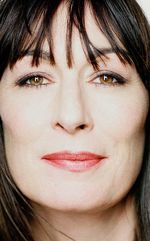
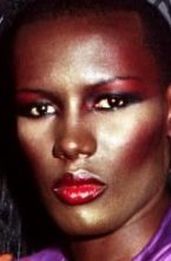

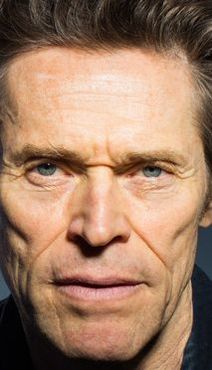









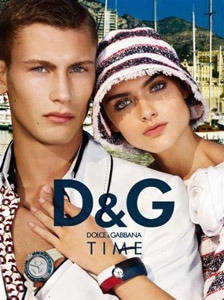
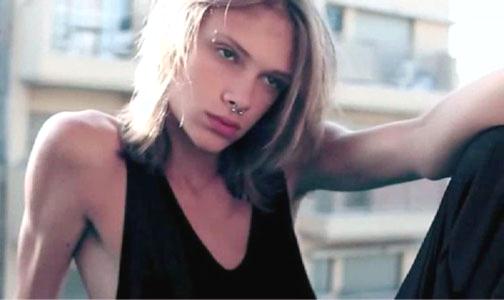

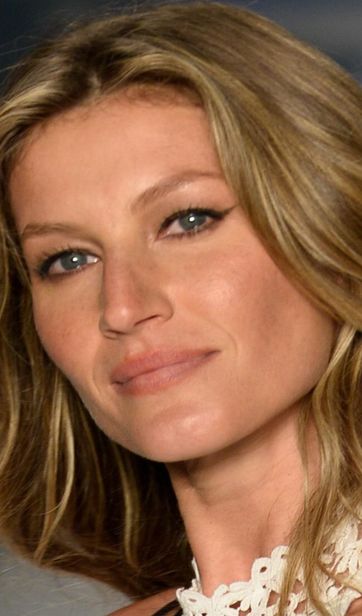


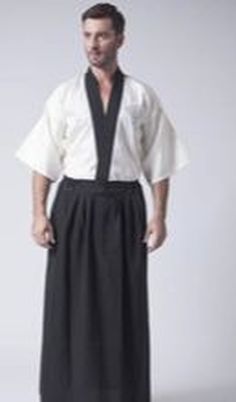

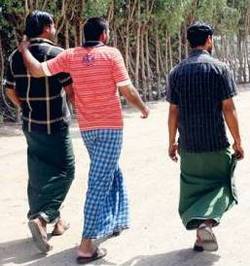
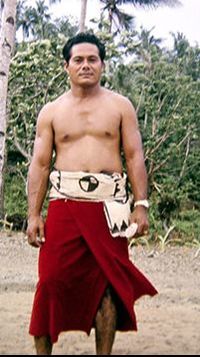
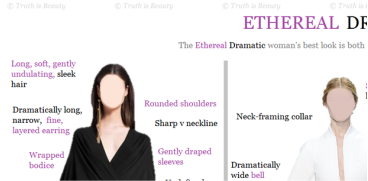


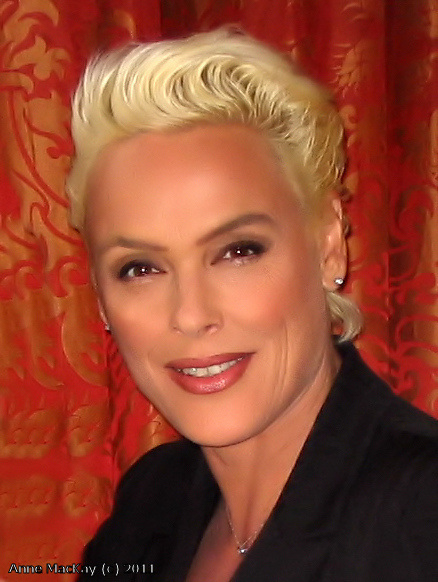
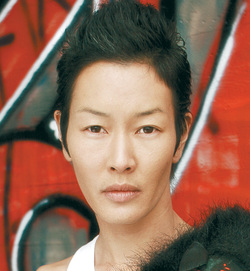
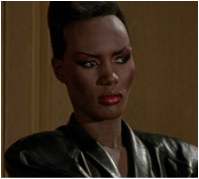

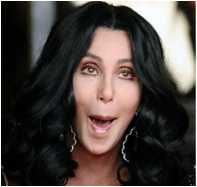

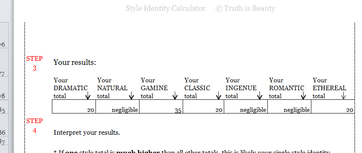



 RSS Feed
RSS Feed